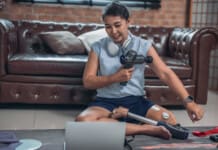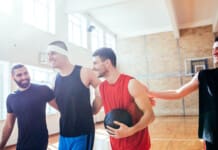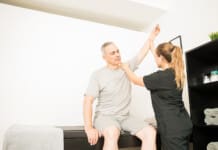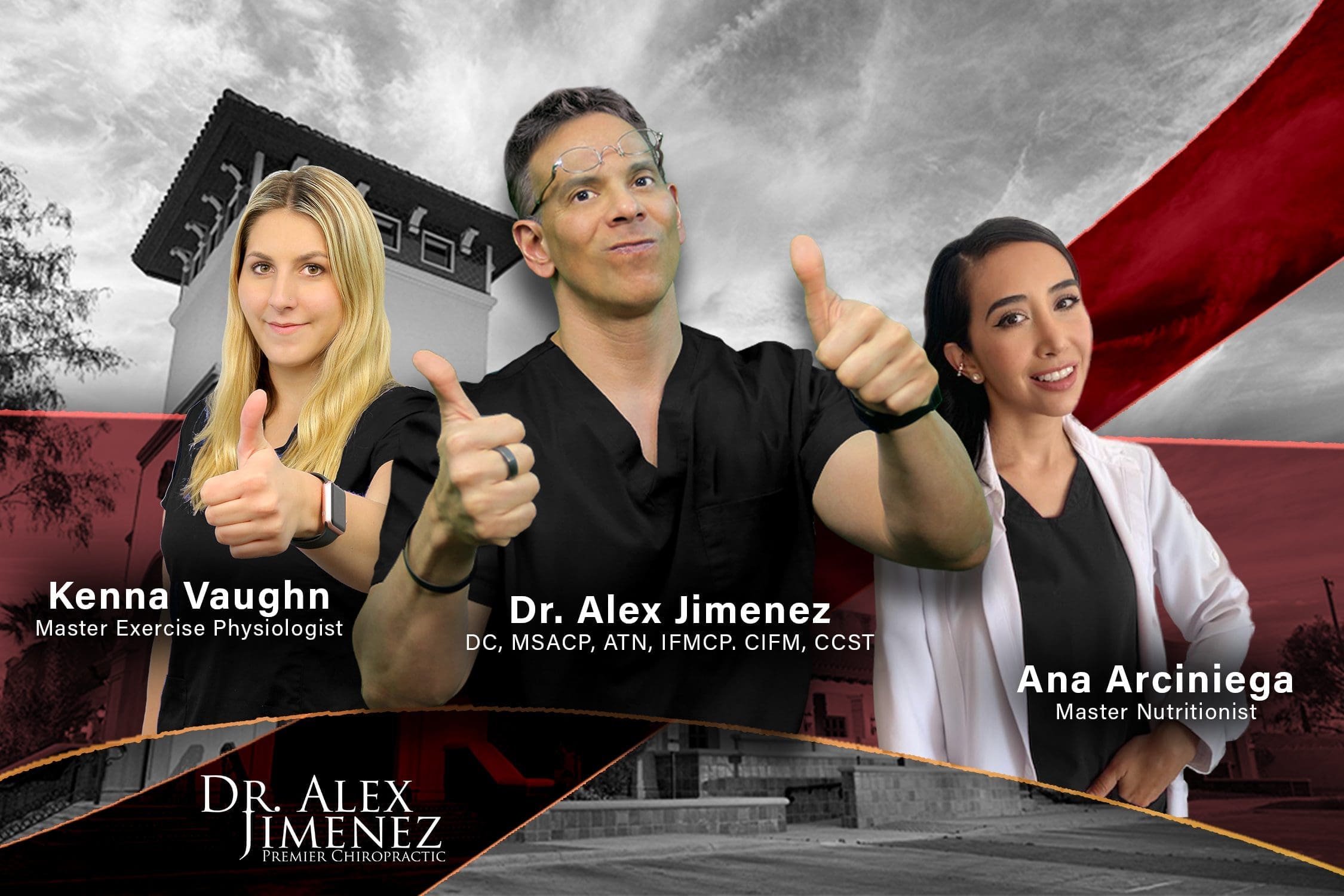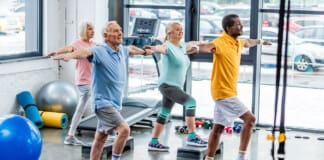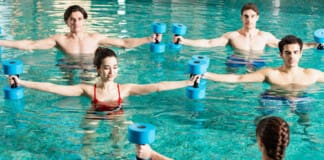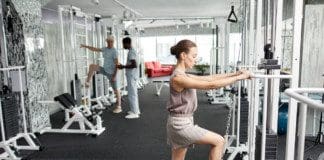Can a push-pull workout routine be an option for individuals who want focused training on specific muscle groups and balanced muscle development throughout the body?
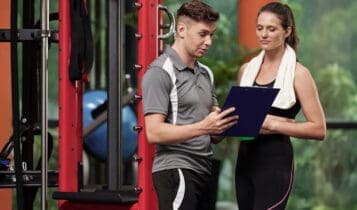
Table of Contents
Push-Pull Strength Training
A “push-pull” workout is a training style in which you split your exercise routine into separate days dedicated to “push” exercises (targeting muscles like the chest, shoulders, and triceps) and “pull” exercises (targeting muscles like the back and biceps). This allows focused training on each muscle group by isolating their primary movement patterns—pushing away from the body or pulling towards it. The workout often accompanies a separate leg day to complete the full-body workout. This routine comes from bodybuilding. Bodybuilders use this method to maximize their workouts and rest periods. By splitting their workouts into push exercises one day and pull exercises another, they can work out more often without overtraining. (Castanheira R. P. M. et al., 2017)
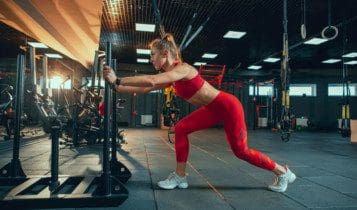
Upper Body Push Exercises
These exercises involve all the movements that push the weights away from your body. These exercises typically focus on the quads, outer thighs, chest, shoulders, and triceps. (Collins P. 2009)
Pushups
- Push-ups are a versatile bodyweight exercise that engages multiple muscle groups, including the chest, shoulders, triceps, and core.
Chest Presses
- Chest presses are exercises that target the pectoral muscles (chest muscles).
- They can be performed with various equipment and techniques, providing a comprehensive workout for the chest.
Chest Flies
- Chest flies are a weightlifting exercise that targets the pectoral muscles (chest muscles).
- They are performed by lying on a bench and extending the arms outward with weights in each hand.
- The weights are then lowered in an arc motion until they are slightly below chest level before being raised back to the starting position.
Overhead Presses
- An overhead press is a weight-training exercise that involves pushing a weight above your head.
- Also known as a shoulder, military, or strict press.
Lateral Raises
- Lateral raises are an isolation exercise that targets the lateral deltoid muscle on the shoulder’s side.
- They raise the arms laterally (out to the sides) while slightly bending at the elbows.
Bent Arm Lateral Raises
- A bent-over lateral raise is a weightlifting exercise that strengthens the rear deltoids, the muscles on the back of the shoulders.
- It also works other upper and lower body muscles, including the trapezius, rhomboids, triceps, hamstrings, and lower back.
Front Raises
- Front raises are a weight training exercise that targets the shoulder muscles.
- They can also help build strength and stability in the upper body.
Dips
- Dips are an upper-body exercise that uses your body weight to strengthen your triceps and chest.
Triceps Extensions
- Triceps extensions are resistance exercises that target the triceps muscles in the back of the upper arm.
- They involve extending the arms at the elbows while keeping the shoulders stationary.
Skull Crushers
- Skull crushers are a weightlifting exercise that targets the triceps muscles in the upper arms.
- They are performed by lying on a bench or floor, holding a weight (such as a dumbbell or barbell) overhead, and then lowering it towards the forehead while keeping the elbows slightly bent.
- This exercise helps to strengthen and build muscle mass in the triceps.
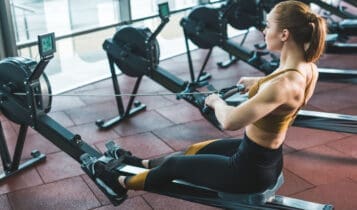
Upper Body Pull Exercises
Pull exercises are movements where you are pulling the weight toward your body. These exercises primarily use the biceps, hamstrings, glutes, and back muscles. A routine set up in which you do a push routine one day and a pull routine the next without working the same muscles two days in a row.
Barbell Rows
- Often referred to as a “bent-over row” due to the hinged position of your body during the movement.
- A barbell row is a weightlifting exercise in which you bend over at the hips, grasp a barbell with an overhand grip, and pull the weight toward your stomach.
- This exercise primarily targets the upper back muscles, including the latissimus dorsi, while also engaging the core and posterior chain muscles.
One Arm Rows
- A variation of the bent-over row, a one-arm row, also known as a single-arm dumbbell row, is an upper-body exercise that targets the back muscles using a dumbbell and a bench.
Double arm rows
- A “double arm row” is a rowing exercise in which you simultaneously pull a weight toward your body using both arms, typically with a barbell or dumbbell.
- This exercise engages your upper back muscles, including the latissimus dorsi, trapezius, and rhomboids.
- To effectively target the back muscles, you maintain a bent-over position. Essentially, it’s the opposite movement of a chest press, but you use both arms simultaneously.
Barbell High Rows
- A barbell high row, also known as a wide row, is an exercise that uses a barbell to work the upper and mid back muscles.
Dumbell Pullovers
- Dumbbell pullovers are a weightlifting exercise that targets the chest, back, and shoulder muscles.
Seated Rows with Resistance Bands
- A “seated row with bands” is an exercise where you sit on the ground, loop a resistance band around your feet, and then pull the handles towards your chest, mimicking a rowing motion.
- By squeezing the shoulder blades together, this motion primarily targets the upper back muscles, including the latissimus dorsi and rhomboids.
- You are essentially performing a seated row movement using the tension of a resistance band instead of weights.
Lat Pulls with Resistance Band
- Lat pulls with a resistance band are a back exercise that strengthens the latissimus dorsi muscles and can improve posture.
Back extensions
- Back extensions are an exercise that strengthens and isolates the lower back muscles, also known as the erector spinae.
Seated Alternating Rows
- A seated alternating row is an exercise that targets the upper back, biceps, and lats.
- It can be performed using a resistance machine or with a band.
Renegade Rows
- A renegade row is a full-body exercise that combines a plank with a dumbbell row.
- It’s an advanced exercise that targets the upper body, back, shoulders, and core.
Biceps Curls
- A bicep curl involves bending the arm at the elbow towards the body, strengthening the biceps, the large muscles in the front of the upper arm.
Home Equipment
Resistance bands and a quality pair of adjustable dumbbells are recommended for home training. These don’t take up much space and can be used for most upper-body exercises. To set up a more dedicated space for workouts, add a weight bench or a full home gym to increase your push-pull training options.
Benefits
Push-pull workouts are great for anybody, whether you’re a bodybuilder or just someone lifting weights to be strong and fit. This routine is usually spread out over three days of training, allowing for shorter workouts. These can help you stay committed despite a busy schedule and are easier than longer, total-body workouts. These exercises can also be done with a cable pulley system or resistance bands.
- Day 1 might be a push upper body workout.
- Day 2 might be a lower-body workout.
- Day 3 might be the pull upper body workout.
First, push-pull workouts allow you to work your muscles without overstressing them. (Castanheira R. P. M. et al., 2017) Second, although they are more frequent, push-pull workouts are shorter, so you can do more because your other muscles are resting. Third, push-pull routines are more interesting and contain more variety, as they can be done in various ways.
Alternating Workouts
Trainers recommend changing workouts every 6-12 weeks to avoid hitting a plateau, which can delay weight loss (American Council on Exercise, 2001). For example, you could do a push-pull routine for a few weeks and then switch to a different training method, pyramid training. Then, return to total body workouts, which you can do up to 3 non-consecutive days a week. Circuit training may be an option because the quick workouts allow you to get your cardio in simultaneously. (Haltom R. W. et al., 1999) With so many different training methods, there’s no need to do the same workouts repeatedly.
Injury Medical Chiropractic and Functional Medicine Clinic
For those who are easily bored with weight training and prefer a variety of exercises, this can be a refreshing way to stay focused and avoid burnout. Injury Medical Chiropractic and Functional Medicine Clinic works with primary healthcare providers and specialists to build optimal health and wellness solutions. We focus on what works for you to relieve pain, restore function, prevent injury, and help mitigate issues through adjustments that help the body realign itself. They can also work with other medical professionals to integrate a treatment plan to resolve musculoskeletal problems.
Transform Your Body
References
Castanheira, R. P. M., Ferreira-Junior, J. B., Celes, R. S., Rocha-Junior, V. A., Cadore, E. L., Izquierdo, M., & Bottaro, M. (2017). Effects of Synergist vs. NonSynergist Split Resistance Training Routines on Acute Neuromuscular Performance in Resistance-Trained Men. Journal of strength and conditioning research, 31(12), 3482–3488. https://doi.org/10.1519/JSC.0000000000001762
Collins, P. (2009). Functional Fitness. Germany: Meyer & Meyer Sport, Limited.
American Council on Exercise. (2001). Weight Loss Plateaus and Pitfalls. ACE. https://contentcdn.eacefitness.com/assets/education-resources/lifestyle/fitfacts/pdfs/fitfacts/itemid_69.pdf
Haltom, R. W., Kraemer, R. R., Sloan, R. A., Hebert, E. P., Frank, K., & Tryniecki, J. L. (1999). Circuit weight training and its effects on excess postexercise oxygen consumption. Medicine and science in sports and exercise, 31(11), 1613–1618. https://doi.org/10.1097/00005768-199911000-00018
Professional Scope of Practice *
The information herein on "What is the Push-Pull Workout Method? A Complete Guide" is not intended to replace a one-on-one relationship with a qualified health care professional or licensed physician and is not medical advice. We encourage you to make healthcare decisions based on your research and partnership with a qualified healthcare professional.
Blog Information & Scope Discussions
Welcome to El Paso's Premier Wellness and Injury Care Clinic & Wellness Blog, where Dr. Alex Jimenez, DC, FNP-C, a Multi-State board-certified Family Practice Nurse Practitioner (FNP-BC) and Chiropractor (DC), presents insights on how our multidisciplinary team is dedicated to holistic healing and personalized care. Our practice aligns with evidence-based treatment protocols inspired by integrative medicine principles, similar to those found on this site and our family practice-based chiromed.com site, focusing on restoring health naturally for patients of all ages.
Our areas of multidisciplinary practice include Wellness & Nutrition, Chronic Pain, Personal Injury, Auto Accident Care, Work Injuries, Back Injury, Low Back Pain, Neck Pain, Migraine Headaches, Sports Injuries, Severe Sciatica, Scoliosis, Complex Herniated Discs, Fibromyalgia, Chronic Pain, Complex Injuries, Stress Management, Functional Medicine Treatments, and in-scope care protocols.
Our information scope is multidisciplinary, focusing on musculoskeletal and physical medicine, wellness, contributing etiological viscerosomatic disturbances within clinical presentations, associated somato-visceral reflex clinical dynamics, subluxation complexes, sensitive health issues, and functional medicine articles, topics, and discussions.
We provide and present clinical collaboration with specialists from various disciplines. Each specialist is governed by their professional scope of practice and their jurisdiction of licensure. We use functional health & wellness protocols to treat and support care for musculoskeletal injuries or disorders.
Our videos, posts, topics, and insights address clinical matters and issues that are directly or indirectly related to our clinical scope of practice.
Our office has made a reasonable effort to provide supportive citations and has identified relevant research studies that support our posts. We provide copies of supporting research studies upon request to regulatory boards and the public.
We understand that we cover matters that require an additional explanation of how they may assist in a particular care plan or treatment protocol; therefore, to discuss the subject matter above further, please feel free to ask Dr. Alex Jimenez, DC, APRN, FNP-BC, or contact us at 915-850-0900.
We are here to help you and your family.
Blessings
Dr. Alex Jimenez DC, MSACP, APRN, FNP-BC*, CCST, IFMCP, CFMP, ATN
email: coach@elpasofunctionalmedicine.com
Multidisciplinary Licensing & Board Certifications:
Licensed as a Doctor of Chiropractic (DC) in Texas & New Mexico*
Texas DC License #: TX5807, Verified: TX5807
New Mexico DC License #: NM-DC2182, Verified: NM-DC2182
Licensed as a Multi-State Advanced Practice Registered Nurse (APRN*) in Texas & Multistate
Multistate Compact RN License by Endorsement (42 States)
Texas APRN License #: 1191402, Verified: 1191402 *
Florida APRN License #: 11043890, Verified: APRN11043890 *
* Prescriptive Authority Authorized
ANCC FNP-BC: Board Certified Nurse Practitioner*
Compact Status: Multi-State License: Authorized to Practice in 40 States*
Graduate with Honors: ICHS: MSN-FNP (Family Nurse Practitioner Program)
Degree Granted. Master's in Family Practice MSN Diploma (Cum Laude)
Dr. Alex Jimenez, DC, APRN, FNP-BC*, CFMP, IFMCP, ATN, CCST
My Digital Business Card
RN: Registered Nurse
APRNP: Advanced Practice Registered Nurse
FNP: Family Practice Specialization
DC: Doctor of Chiropractic
CFMP: Certified Functional Medicine Provider
IFMCP: Institute of Functional Medicine
CCST: Certified Chiropractic Spinal Trauma
ATN: Advanced Translational Neutrogenomics




